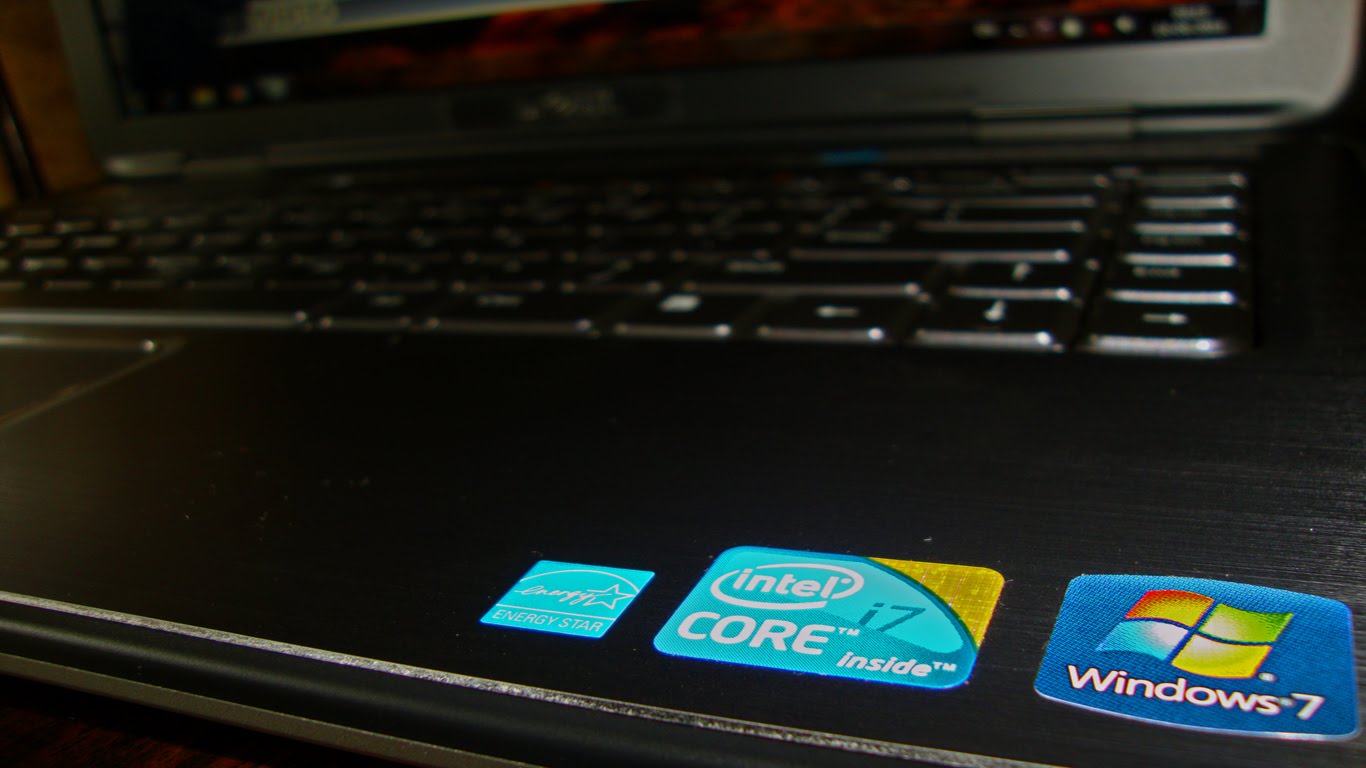

Real-time GI solutions can't provide 5perc. We're used to nice, smooth, clean results of Vray and Corona. People want the same quality from real-time as from offline. Artifacts, noise, general ugliness and expensive. One way to use it as again as CryEngine does, they only use the light bounce of it (and only single bounce I think), and smooth it, which makes it look kind of ok-to-great in outdoor games with rich textures (Imagine Witcher3, but only the upcoming Kingdom Come has it).īut if you use the one in current Unreal branch, which is kind of half-way there integration from nVidia, you see what it looks. Yet, for archviz it's more artifact prone that the poorliest Irradiance cache look. It can do varied detail, and as small as you're willing to sacrifice performance. It's capable of doing both bounced light and speculars. Maybe ok for high-end strategy games in future. It looks like very crude AO in outdoor, and like nothing is happening indoor (plus brutal light leaking). While Crytek has a very advanced version of it (and Lionhead was building its own before it was sacked by Microsoft so I think this is the end of it for Unreal's integration), you can only have detail of particular size. Light Propagation Volumes is the most primitive technique out there, it was in CryEngine since first Crysis game, it's barely sufficient for some gradient changes in large outdoor areas.
PANO2VR MICROSOFT SURFACE FULL
It's still partially precomputed, yet nowhere near visual quality of full precomputed offline solution. Yup, Enlighten isn't worth the hype some people consider it.

Example (Unity's SEGI Beta solution, Unreal's VXGI development branch): fully real-time: solutions that support all changes on the scene in runtime and reflect those changes in light distribution: changed geometry (height of walls, wider window, moved sofa), materials (floor is now from dark wood so reflects less light) and lights (adding new ones, changing current ones). Good quality / high cost > VR ready at least GTX970 / dynamic changes supported besides moving geometry (you can perfectly well move geometry in runtime of course, but light dist. Example (notice how bounced light behind the sofa changes as it's color is changed at 0:23 or a Day&Night cycle at 2:34): Changing the geometry is not possible in runtime as relations between parts (visibility, weight factors) are precomputed. precomputed real-time: this is the term used to describe solutions that precompute relations between scene parts and then use this data in realtime to change light distribution if, for example, one big surface changes color and starts to bounce back more light or a new light is added to the scene. I was wondering how any of you that are in the arch/viz fields are tackling this issue, any info or feedback would be great.īest quality / low cost > VR ready / no dynamic changes in light distribution. Stingray, I would think would be a easier work flow but I really havent played around with it and its so new that its hard to find good info on it that is not a 3 min demo from Autodesk. I know Unreal has the functionality but the work flow and process to get things up and running looks very long and does not follow my workflow process. This has led me to looking into some game engines. I also looked at Sketchfab which the quality is good but not the functionality. I have looked into things like Cl3ver which give me the functionality but not the quality I am looking for. What I am really trying to do ( for internal use and client presentations ) is have the ability to make changes in real time.
PANO2VR MICROSOFT SURFACE PDF
I can make panoramic and put them on the web or into a pdf file for clients while still maintaining the high quality that they are used to seeing with vray. I have started to do some panoramic stuff with Pano2vr. So I have been looking for a way to get real time interactions into my companies presentations.


 0 kommentar(er)
0 kommentar(er)
